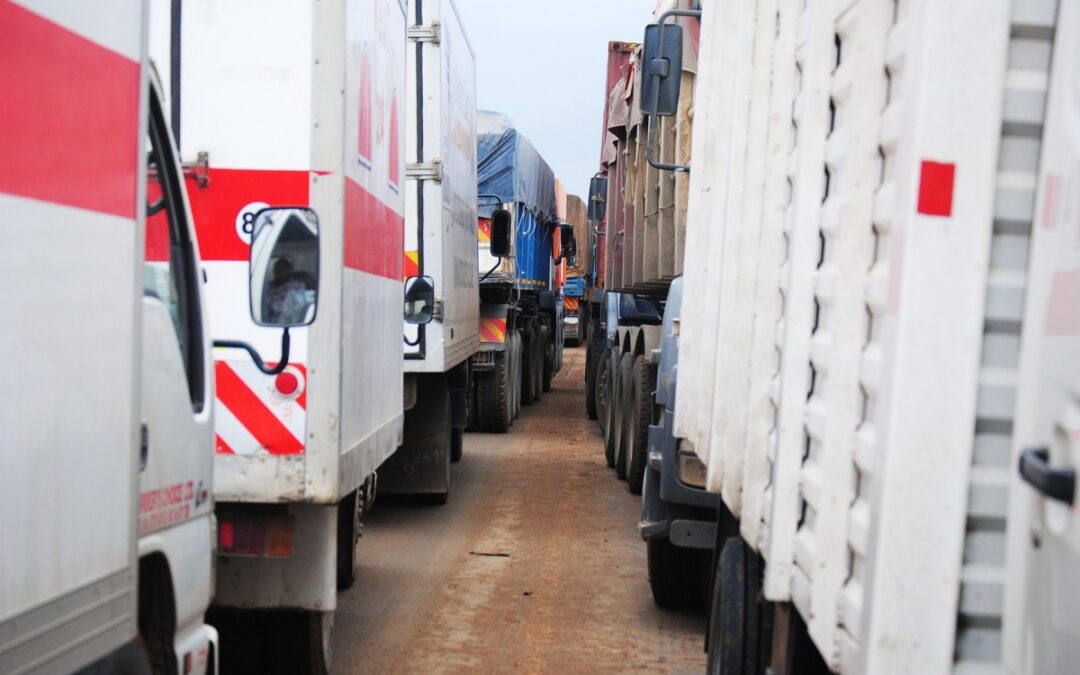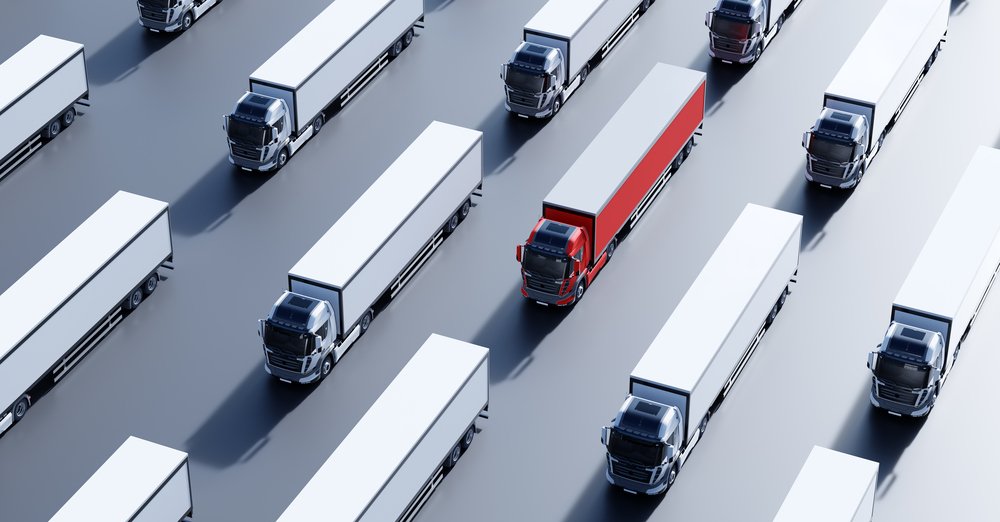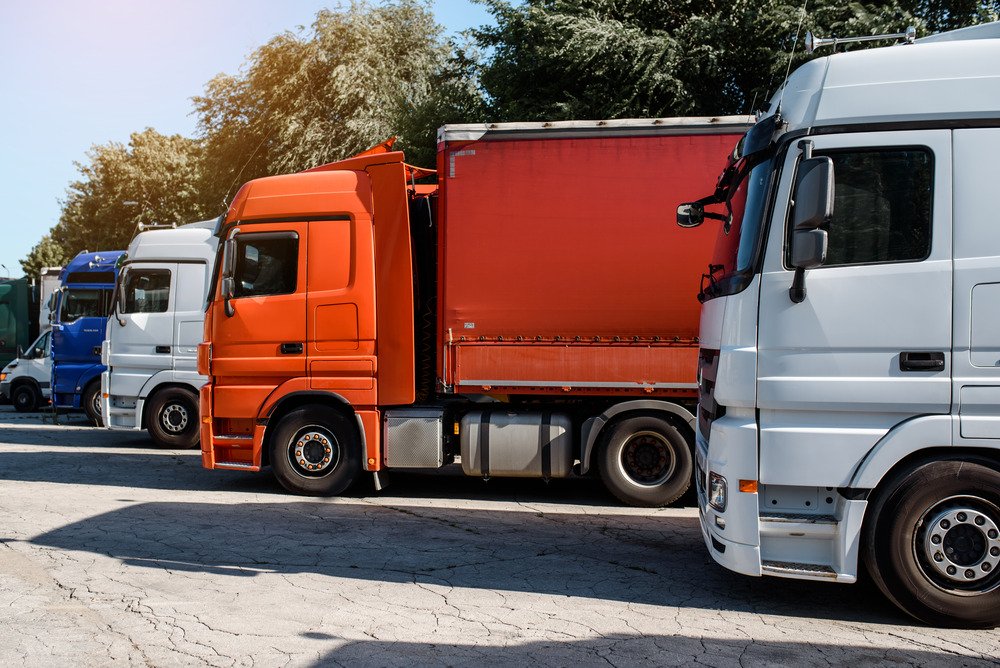Financing is critical for keeping drivers and fleets on the road, and lenders play a central role in making that possible. But with regulations growing more complex and fuel prices swinging unpredictably, lenders can’t afford to take a wait-and-see approach.
Proactive risk management (identifying risks early and embedding safeguards into lending operations) is no longer optional. It’s what allows lenders to navigate an industry where the rules and risks are changing by the month. Understanding what’s changing, why it’s happening, and how it shapes the way lenders make decisions is the first step to staying ahead.
The Evolving Risk Landscape And Technology’s Role
The Federal Motor Carrier Safety Administration (FMCSA) is overhauling its Safety Measurement System (SMS) – the framework used to track violations and prioritize carriers for enforcement. Starting in 2025, violations will be grouped into categories, with scoring based on a 12-month window. For lenders, this means safety performance will be tracked more tightly, and borrowers with poor safety scores could face higher commercial trucking insurance costs or operational disruptions that increase loan default risk.
MC Numbers Retired in Favor of USDOT Identification
Another significant change is the phase-out of Motor Carrier (MC) numbers. By October 1, 2025, carriers, brokers, and freight forwarders will operate under USDOT numbers only, streamlining identification and reducing fraud.
This change affects permits, contracts, insurance, and compliance systems, which must be updated to use USDOT numbers exclusively. Although the phase-out is firm, the first URS release will allow existing MC numbers to remain valid, and the “suffix” system for types of operating authority will be introduced gradually.
Driver Qualification Rules Tighten
Driver qualification rules are tightening as well. Since late 2024, the Drug and Alcohol Clearinghouse requires state licensing agencies to downgrade commercial driver’s licenses (CDL) for drivers with unresolved violations. Borrowers who fail to maintain a valid CDL create heightened risk for lenders, which is why ongoing license verification is an essential part of responsible lending practices.
Equipment Mandates on the Horizon
The National Highway Traffic Safety Administration (NHTSA) is considering an Automatic Emergency Braking (AEB) requirement for new Class 7 and 8 trucks. The federal proposal estimates incremental per-vehicle costs of $716–$1,083 to equip new heavy vehicles with AEB.
Technology Steps In as a Safeguard
Technology is becoming a frontline defense for trucking lenders. Automated compliance engines, digital documentation and e-signatures, and fraud-detection tools help ensure contracts meet state and federal rules while reducing errors. Telematics and connected vehicle data also give lenders visibility into asset use and borrower performance, allowing risks to be identified and addressed before they escalate.
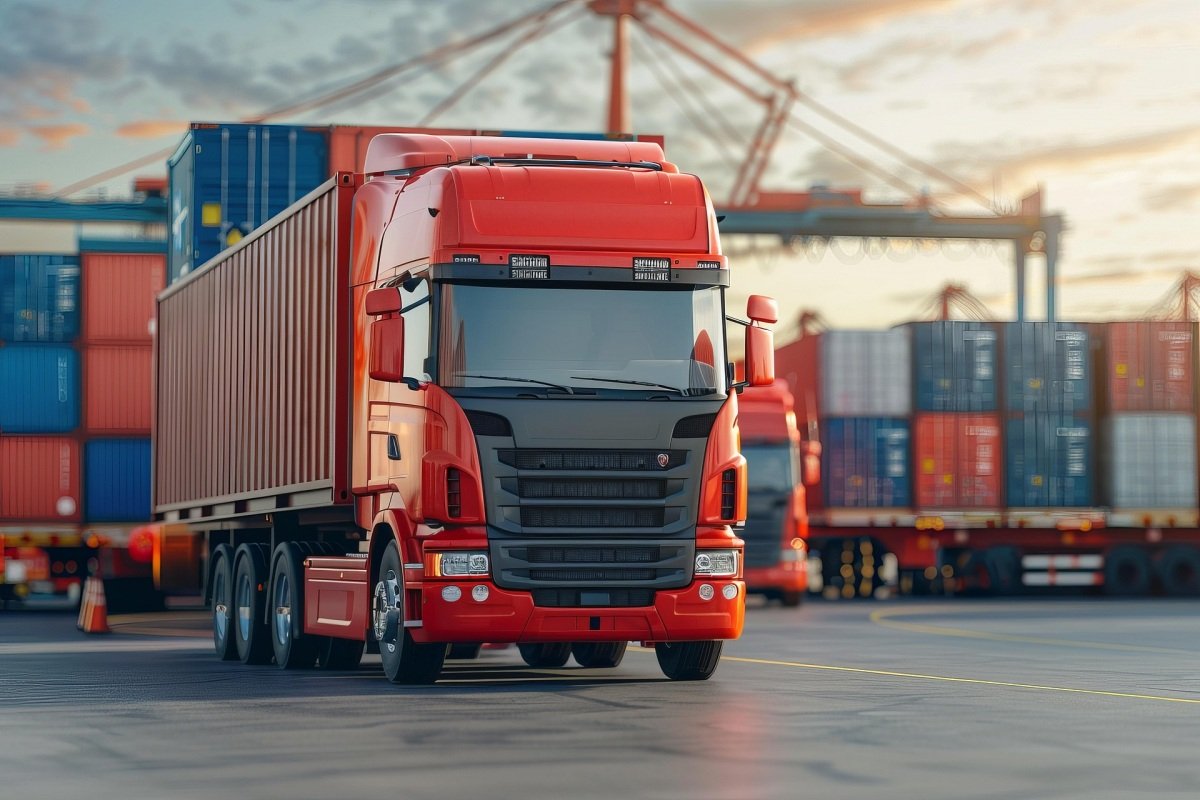
Compliance As The Foundation Of Risk Management
Responsive compliance is no longer enough. In 2025, lenders are expected to embed compliance into every stage of the loan lifecycle. A strong program includes:
- Automate regulatory integration: Leading lenders use loan origination systems that update in real time to reflect mandates like the FMCSA Safety Measurement System overhaul, the Clearinghouse CDL downgrade rule, and proposed equipment requirements such as AEB.
- Map asset-level compliance: Responsible lenders track whether financed trucks meet equipment standards, confirm active USDOT numbers as MC numbers are phased out, and keep fleet records current.
- Verify CDLs digitally: Strong compliance programs connect directly to the FMCSA Drug & Alcohol Clearinghouse to confirm borrowers maintain valid licenses before loans are issued or renewed.
- Monitor safety scores: Lenders that review borrower SMS ratings under the updated 12-month scoring system can intervene early, thereby reducing the risk of defaults triggered by enforcement actions or higher insurance premiums.
- Disclose clearly and proactively: Proactive lenders explain regulatory impacts to borrowers upfront – for example, how the potential costs of AEB requirements could affect repayment schedules or loan terms.
By moving beyond reactive fixes and treating compliance as an ongoing, technology-enabled process, lenders demonstrate stability and reliability. For borrowers, that means working with partners who anticipate challenges, protect portfolios, and build long-term trust.
How Strong Lenders Manage Risk In 2025
Proactive risk management in trucking finance is about turning abstract risks into concrete, manageable steps. Good lenders put strategies like these into practice to protect portfolios and support their borrowers.
Keep Contracts Flexible To Prevent Losses
Flexibility can be the difference between salvaging a loan and writing off a loss. Leading lenders may:
- Adjust payment schedules: When fuel prices rise sharply, some lenders shift borrowers from fixed monthly payments to a per-mile structure that better aligns with revenue flow.
- Include early exit clauses: Loan agreements may allow buy-outs or refinancing when market or regulatory conditions shift, keeping borrowers from defaulting when circumstances change.
- Offer grace periods for seasonal operations: Agricultural haulers and other seasonal carriers often experience predictable swings. Lenders that account for these cycles in repayment schedules reduce delinquency risk.
Build Protections Into Every Loan Agreement
Contracts are a lender’s first line of defense against fraud and compliance failures. Strong lenders typically:
- Add cybersecurity and fraud provisions requiring multi-factor authentication for digital portals and shifting liability if borrowers fail to safeguard access.
- Apply dealer verification protocols by checking licensing status, financial stability, and prior performance before funding loans tied to dealer sales.
- Mandate insurance compliance clauses that require active liability, cargo, and physical damage coverage, with penalties or auto-default triggers if coverage lapses.
Catch Issues Before Defaults
The best lenders don’t wait until a borrower is in trouble to act. Rather, they use tools that protect both their portfolio and their customers. For example, they may:
- Use telematics to confirm financed commercial trucks are being operated as expected, which helps keep loan terms fair and accurate.
- Automate insurance tracking so drivers get reminders before a policy lapses, preventing costly coverage gaps.
- Run periodic financial check-ins to identify strain early and offer restructuring options before a missed payment turns into a default.
For borrowers, this means working with a lender who is proactive and committed to long-term relationships, not just collecting payments.
Stay Connected to the Industry
Good lenders know what’s happening in the industry, with close connections to American trucking associations and other organizations. These partnerships give lenders early insight into regulatory changes, market trends, and best practices.
For borrowers, that means working with a lender who understands what’s coming down the road and can adjust loan programs to match industry realities, rather than reacting after it’s too late.
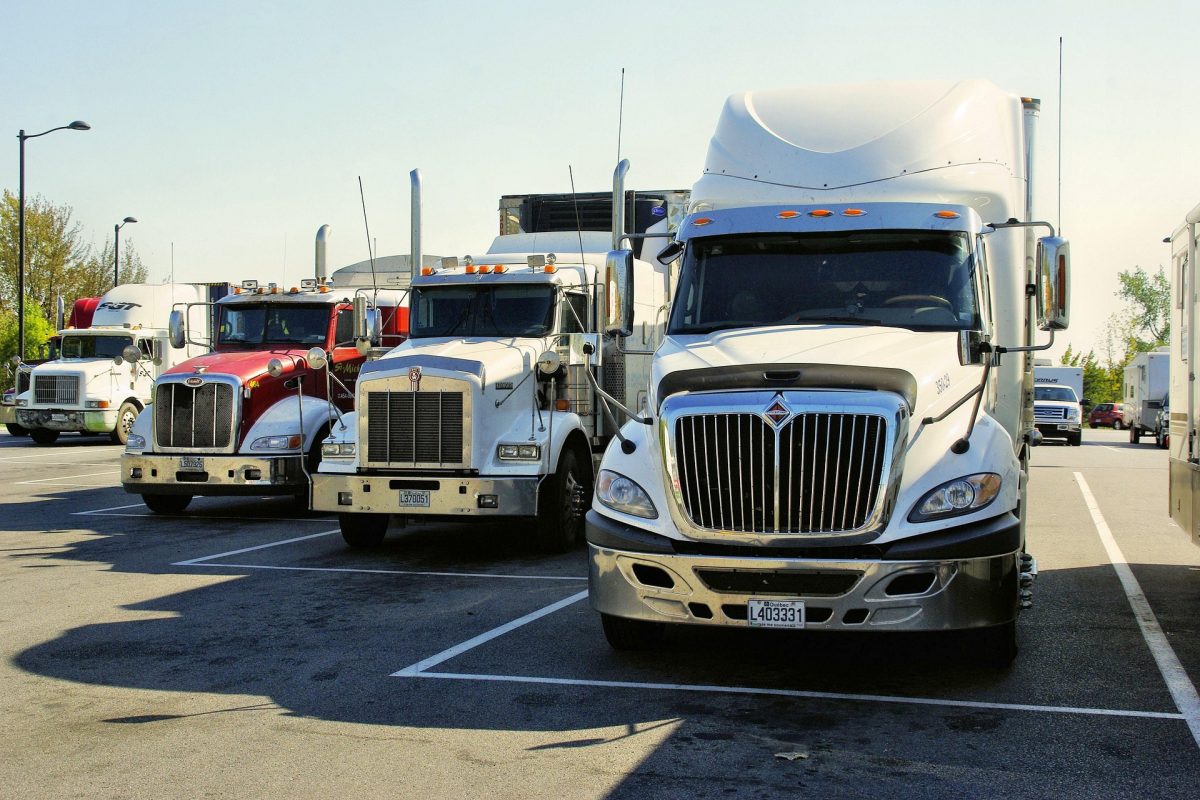
Conclusion
In the trucking industry, risk will never disappear. But it will continue to evolve. That’s why the best lenders treat compliance, technology, and proactive strategies as essentials, not extras. By embedding safeguards, anticipating challenges, and staying flexible, they protect their portfolios while building long-term trust with the drivers and businesses they serve.
At Mission Financial Services, we put these best practices into action every day. We work to reduce risk for our customers and keep financing simple and reliable. That’s why truckers across the country trust us when it’s time to finance their next commercial truck.
Ready to move forward with confidence? Start your credit application today.

